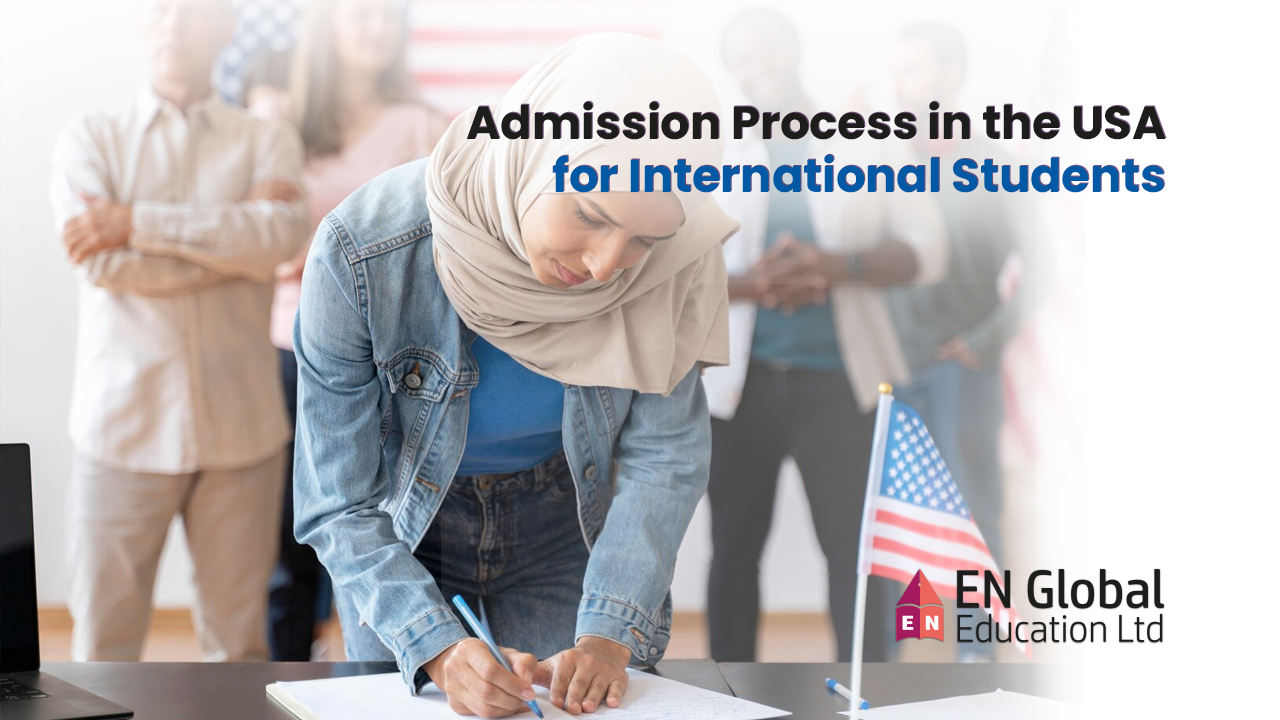The USA higher education system is known for its flexibility and variety, comprising a mix of public and
private institutions, liberal arts colleges, research universities, and specialized schools. It’s crucial for
international students to research and understand the different types of institutions to find the best fit
for their academic and personal goals.
Research and Selecting Universities:
Begin by researching universities that align with your academic interests, career goals, and personal
preferences. Consider factors such as location, size, campus culture, and available resources. Utilize
university websites, rankings, and testimonials to gather relevant information. To decide by yourself, ask
yourself these questions:
What do you plan on studying?
What types of experiences do you want?
What are your goals, and will this university help you reach them?
What are my goals?
Admission Requirements:
Familiarize yourself with the admission requirements of each university, including standardized test
scores (such as the SAT or ACT), language proficiency tests (like TOEFL or IELTS), letters of
recommendation, and personal statements or essays. Ensure that you meet all prerequisites and
deadlines.
Letters of recommendation
Academic Certificates and transcripts (translated, if necessary)
Entrance essays (if possible)
Proof of finances
Valid passport
English Language Proficiency:
As English is the primary language of instruction in U.S. universities, demonstrating proficiency is
essential. Take standardized language tests and prepare adequately to meet the minimum requirements
set by each institution.
Transcript Evaluation:
Ensure that your academic transcripts are accurately translated and evaluated. Many U.S. universities
require a credential evaluation to assess the equivalence of your educational qualifications with your
home country.
Financial Planning:
Understand the costs associated with studying in the U.S., including tuition, living expenses, and
healthcare. Explore scholarship opportunities, financial aid, and part-time work options on campus to
support your financial needs.
Application Process:
Follow the university’s application process meticulously. Submit all required documents, including the
application form, transcripts, test scores, and letters of recommendation. Craft a compelling personal
statement that highlights your academic achievements, extracurricular activities, and future aspirations.
Visa Application:
Once admitted, initiate the process of obtaining a student visa (typically an F-1 visa). Familiarize yourself
with the required documentation, interview process, and any specific regulations pertaining to
international students. There are several steps to obtaining your F-1 student visa, but the process is
straightforward if you give yourself enough time to complete it.
Get accepted by a SEVP-certified institution before submitting your visa application. When you
are accepted, you will receive your I-20 form, which you will need to apply for your F-1 visa.
Pay your SEVIS fee.
Complete your DS-160 visa application.
Schedule your visa interview.
Attend your visa interview.
By understanding the intricacies of the admission process, preparing diligently, and embracing the
opportunities for personal and academic growth, international students can embark on a rewarding
educational journey in the United States.



